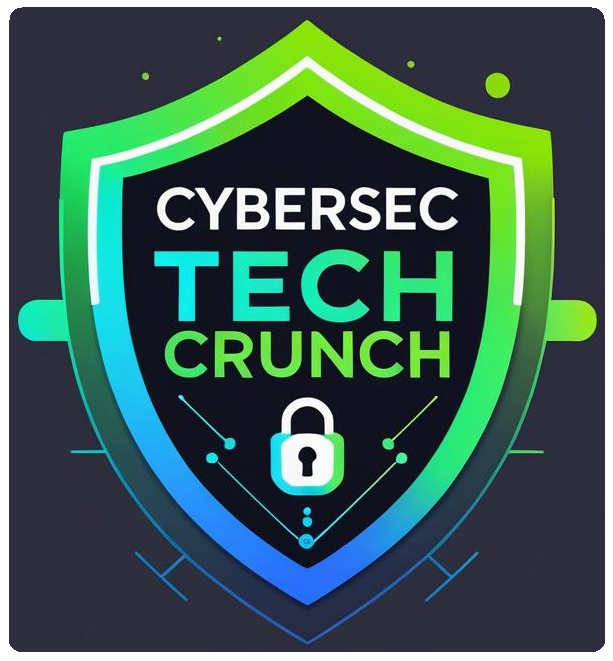Supply Chain Attacks: The Hidden Frontline of Cyber Warfare

Supply Chain Attacks: The Hidden Frontline of Cyber Warfare
In today’s interconnected world, no organization operates in isolation. From software vendors and cloud providers to hardware manufacturers and logistics partners, companies depend on a complex web of third-party relationships to function efficiently. But this interconnectedness, while essential for business, has also become one of its greatest vulnerabilities. Supply chain attacks are rising fast-and they’re catching many off guard.
These attacks don’t go after the target company directly. Instead, attackers look for weaker links in the chain-often a trusted vendor, software update, or IT provider. By breaching that seemingly smaller entity, they can slip through the back door and infiltrate the larger organization. It’s a strategy that relies on trust-and then weaponizes it.
We’ve already seen the consequences play out on a global stage. Incidents like the SolarWinds breach revealed just how widespread and damaging a single compromise can be. In that case, attackers injected malicious code into legitimate software updates, which were then unknowingly installed by thousands of organizations, including major corporations and government agencies. It wasn’t just a data breach-it was a complete breakdown in the trust that underpins digital supply chains.
The truth is, modern supply chains are built on software, code libraries, and digital services that change and update constantly. Each one is a potential point of entry. Even a tiny component, developed by a small contractor halfway around the world, can open the door to a major attack if it’s compromised. And because these components are often deeply embedded in systems, detecting such breaches isn’t easy.
What makes supply chain attacks particularly dangerous is their stealth. They often unfold silently over long periods, giving attackers ample time to surveil systems, exfiltrate data, or implant further malware. By the time the breach is discovered, the damage is usually done.
Organizations are beginning to realize that cybersecurity isn’t just about defending their own perimeter-it’s about understanding and securing the entire ecosystem they’re part of. That means asking tough questions of vendors, enforcing strict security standards, and conducting regular audits. It also means rethinking how software is sourced, vetted, and maintained.
The challenge is immense, but it’s not insurmountable. Zero trust principles, software bill of materials (SBOMs), and secure development lifecycles are tools that can help. But above all, supply chain security requires a shift in mindset: from assuming trust to continuously verifying it.
No one wants to believe that a partner could be the source of a breach. But in today’s threat landscape, assuming otherwise is no longer an option. In the world of supply chains, trust is earned-not given-and every link must be strong.


























